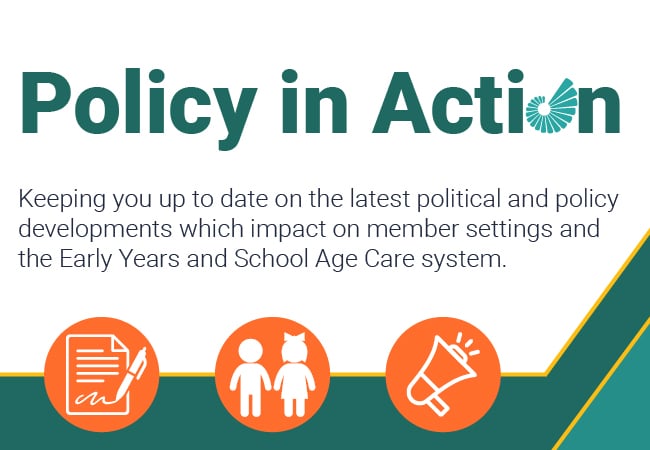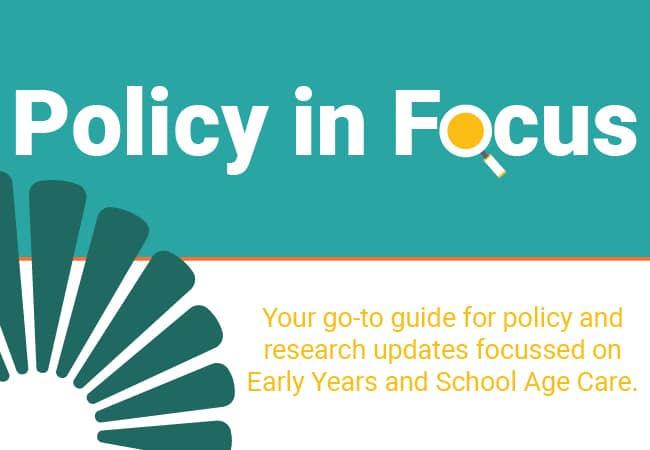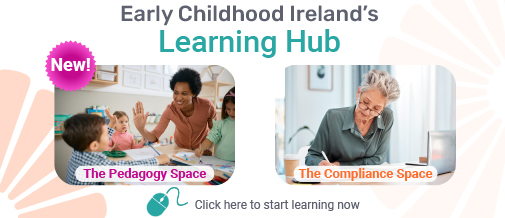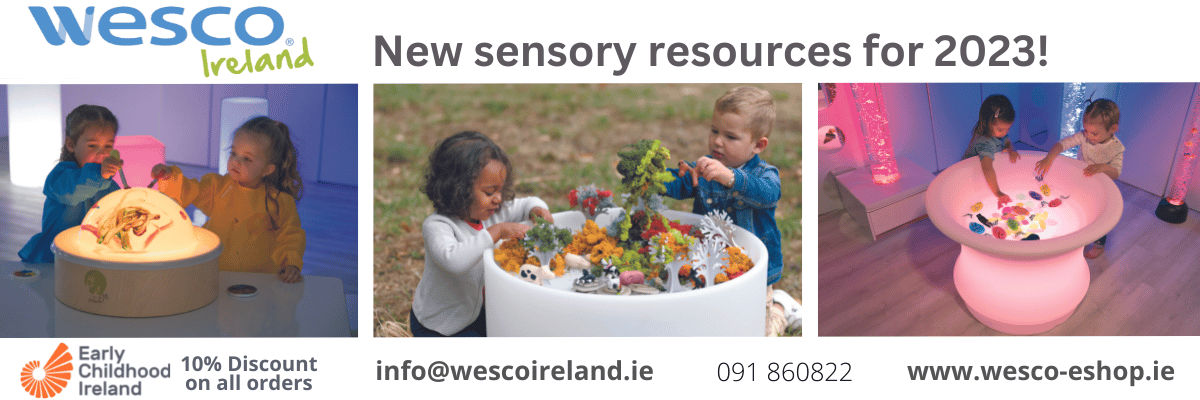Keeping the Magic Alive
Christmas comes but once a year and despite a long lead up, for many young children the experience of Christmas is only felt once Christmas Day arrives. Early years settings have been busy for months with preparations for Christmas, decorating the rooms, singing songs, making decorations, supporting children to pick out gifts from Santa and writing the letters. However, young children often only feel Christmas when they wake up Christmas morning and run to see if Santa has arrived. Checking if the cookie and glass of milk is gone or the carrot so lovingly prepared for Rudolph has been eaten. They feel this experience as a ‘lived experience’ and no longer as a preparation for it and for them it is important to take time after Christmas to discuss this experience. As early years educators’ the time and energy that goes into the preparations for Christmas is enormous and the planning and enthusiasm for it is wonderful. Given this, it is understandable that early years educators may want to move on quickly from Christmas once it is over. When children return after the Christmas break the last thing you may want to do as early years educators is talk about Christmas even though the children are bursting to tell all.
However, this is a very valuable time to really tune-in to what Christmas meant for children. How children experienced it, and a great opportunity to tie this into curriculum in the early days of January 2018. Think about giving time to listen to children’s discussions with each other about what they got from Santa, their favourite or least favourite gift, the Christmas dinner, the relations that might have called, the big clean-up, the movies they watched, their feelings over Christmas, joy, happiness or indeed even times of sadness. This can all generate an emergent curriculum that builds on what the children’s interests are, they don’t just want to forget about Christmas once it has passed.
Talking about the activities that took place on the build up to Christmas with the children can give children the opportunity to think, talk and demonstrate their learning from these. Why not consider documenting this in children’s individual journals (portfolios) and let the children contribute to the content? Document what the children say, consult with them about what they want to include in the journal and share these with their parents. Let the children help with taking down the Christmas decorations, talk about what will happen to the tree (if it is a real one) or if an artificial one, where will it be stored. Involve the children in post-Christmas activities as much as the pre-Christmas activities.
Build on what children take an interest in, use this to plan the days following Christmas, it will lead to all sorts of interesting discussions. For example, the Christmas tree might involve a nice walk outdoors to see what happens to it, how it is got rid of. Some settings have arrangements with the local community to shred the tree and use the chippings for the flower beds in preparation for Spring. The cartons, boxes and Christmas wrappers could lead to recycling and the valuable learning for children in looking after their environment and reduce, re-use, recycle.
Take a look at the Aistear Siolta Practice Guide. Go to Examples and ideas and click on Curriculum Planning based on children’s ideas. In this podcast you will see how in one setting one year, St. Patricks Day only became meaningful to the children after the parade, watch to find out what happened then!
We would love to hear from you about what the children said about Christmas, the stories they told, the ways you captured and shared them. How their interests helped to build the curriculum.
Please comment and let us know.
Further Reading:
Documenting the Connections
ECI’s Catherine Quinn highlights the value of documentation and how many types of observations can help lead to a ‘rich profile’ of the child, demonstrating that you care about knowing that child.
How slowing down builds better curriculum
ECI’s Lillian Joyce looks at how slowing down and learning childrens interests can help develop a better curriculum.









